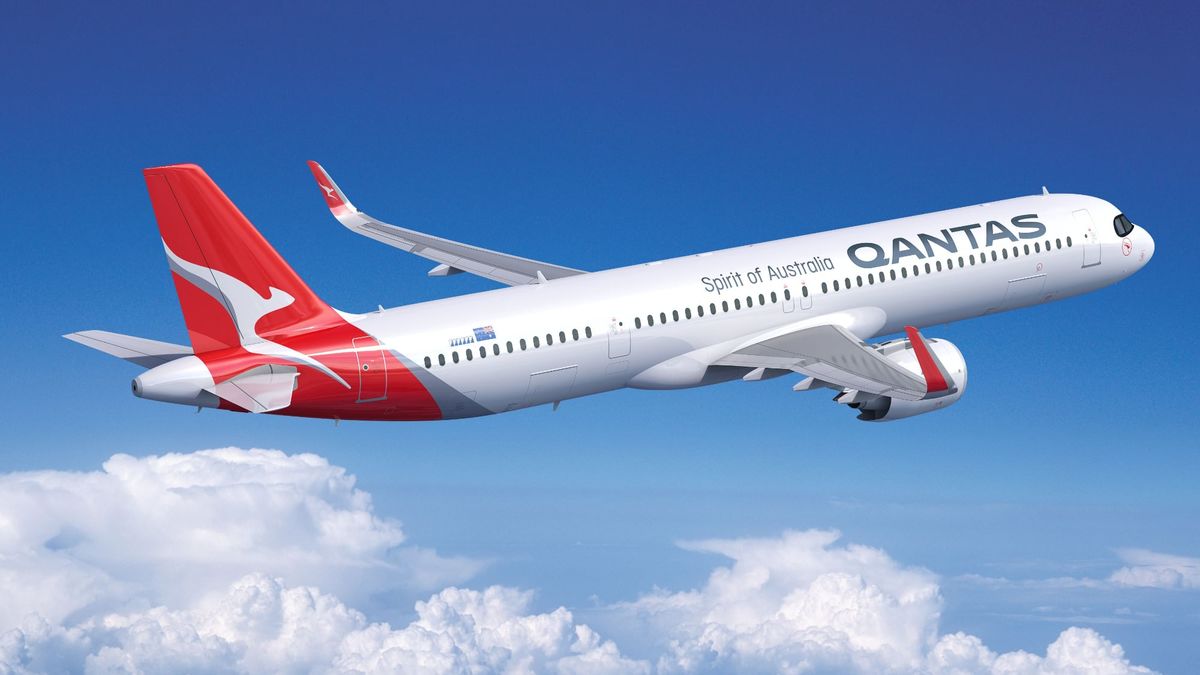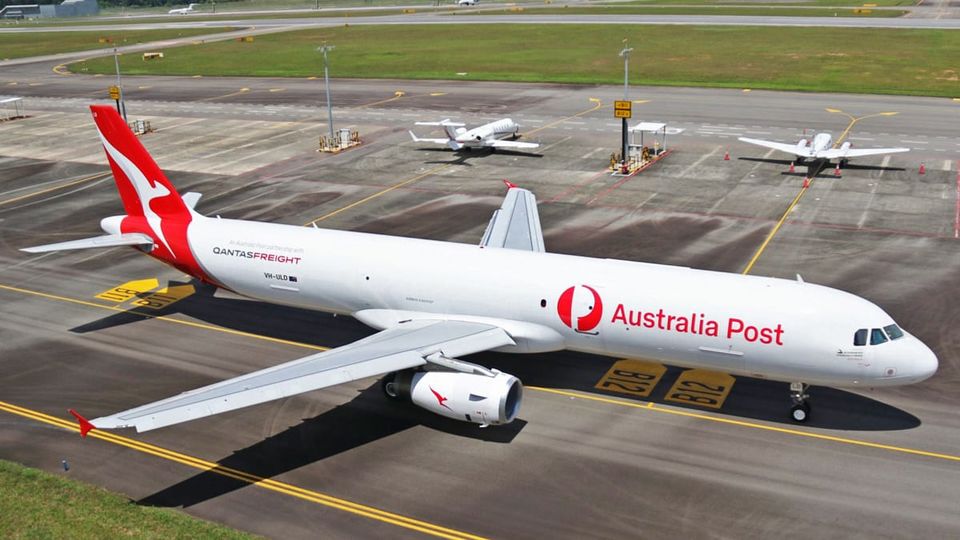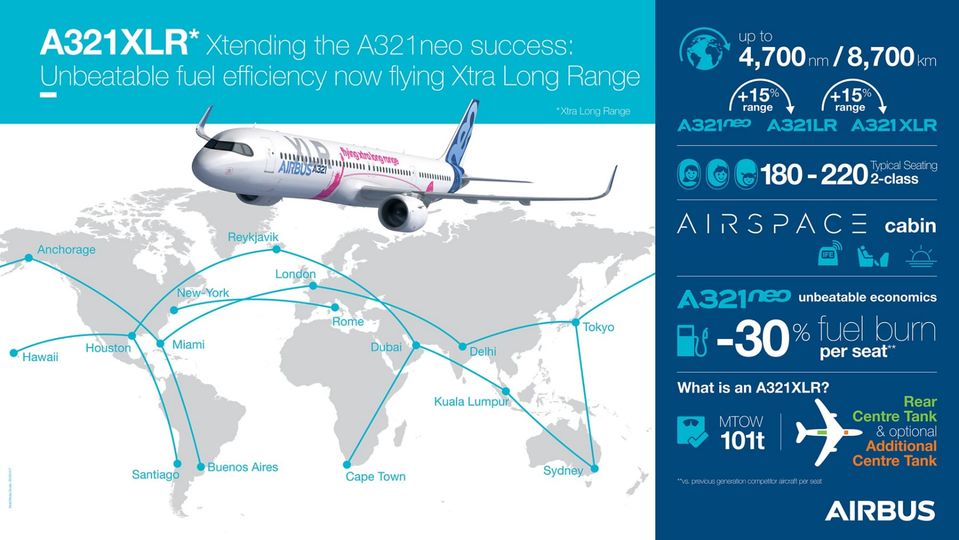Qantas' first Airbus A321 has arrived, but you can't fly on it...
In one form or another, the popular Airbus A321 is finding its way into the Qantas fleet...

Qantas’ first Airbus A321 took wing this week – but carrying parcels rather than passengers. It’s the first of several leased A321s being flown by the airline’s Qantas Freight arm in partnership with Australia Post.
However, the popular Airbus jet could also become a fixture in Qantas’ domestic and international fleet.
While the Boeing 737 is currently the backbone of Qantas’ domestic and short-range overseas fleet, the ageing workhorse has been earmarked for retirement in the later half of the decade – and the prized replacement contract would pitch the Boeing 737 MAX family against the Airbus A320neo or A321neo.
The familiar Airbus vs Boeing contest would ensure fierce competition for the multi-billion dollar order.
Airbus vs Boeing (again)
Qantas was set to begin work on shaping its future domestic fleet this year, once Project Sunrise – and an initial order for up to 12 globe-striding Airbus A350-1000ULR jets – was locked away.
Qantas Group CEO Alan Joyce noted in early 2019 that “the replacements are not needed until the end of the next decade, the 2020s, but given how fast aircraft orders are filling up you need to make a decision, we think, in 2020."
At the time, Boeing’s proposed mid-sized ‘797’ was also in the mix, with Joyce intrigued by the twin-aisle aircraft’s suitability for high-capacity domestic routes as well as flights to Asia, similar to the role which the Airbus A330 has played to date.
Also on the cards were replacements for Qantas’ 21 Boeing 717 and 17 Fokker F100 aircraft used on regional routes, which Joyce said could be rolled into the larger domestic order to help land the best deal from Airbus or Boeing.
"So it’s a big decision, quite a complicated decision and there are a lot of moving parts in it," Joyce acknowledged, with the same team which ran the numbers on Project Sunrise slated to scope out the new domestic fleet.
Restarting the domestic revamp
While the impact of the Covid-19 pandemic quickly put such capital-intensive decisions on hold, Qantas will look to pick up where it left off "once we have repaired our balance sheet," Joyce has pledged.
"The Flying Kangaroo wings are clipped for now, but it's still got plenty of ambition and we plan to deliver on it."
That will include getting Project Sunrise back on track, with the post-pandemic era possibly even more favourable for non-stop flights to the likes of New York, London and Paris.
“We are still very keen, once we have repaired our balance sheet, on Project Sunrise," Joyce has promised. “We think in a post-Covid world the business opportunities for those routes will be quite immense."
Read more: Post-pandemic, Alan Joyce sees Qantas Project Sunrise as a ray of hope
The Airbus A321XLR could also join Qantas’ fleet in that same timeframe, with 36 of the extended-range jets on order from 2023-2024.
"We'll take a decision closer to the time about which parts of the Group will use these aircraft, but there is plenty of potential across Qantas and Jetstar," Joyce has said.
Capable of carrying around 200 passengers in a two-class layout with an 8,700km reach, the A321XLR could find itself well suited to medium-range international routes lacking the passenger numbers required by twin-aisle jets such as the Airbus 330 or Boeing 787.
“We already know the A320 is a great aircraft and this new variant can fly further and more efficiently than any other single-aisle jet on the market.”
"It can fly routes like Cairns-Tokyo or Melbourne-Singapore, which existing narrow-bodies can't, and that changes the economics of lots of potential routes into Asia to make them not just physically possible but financially attractive."


